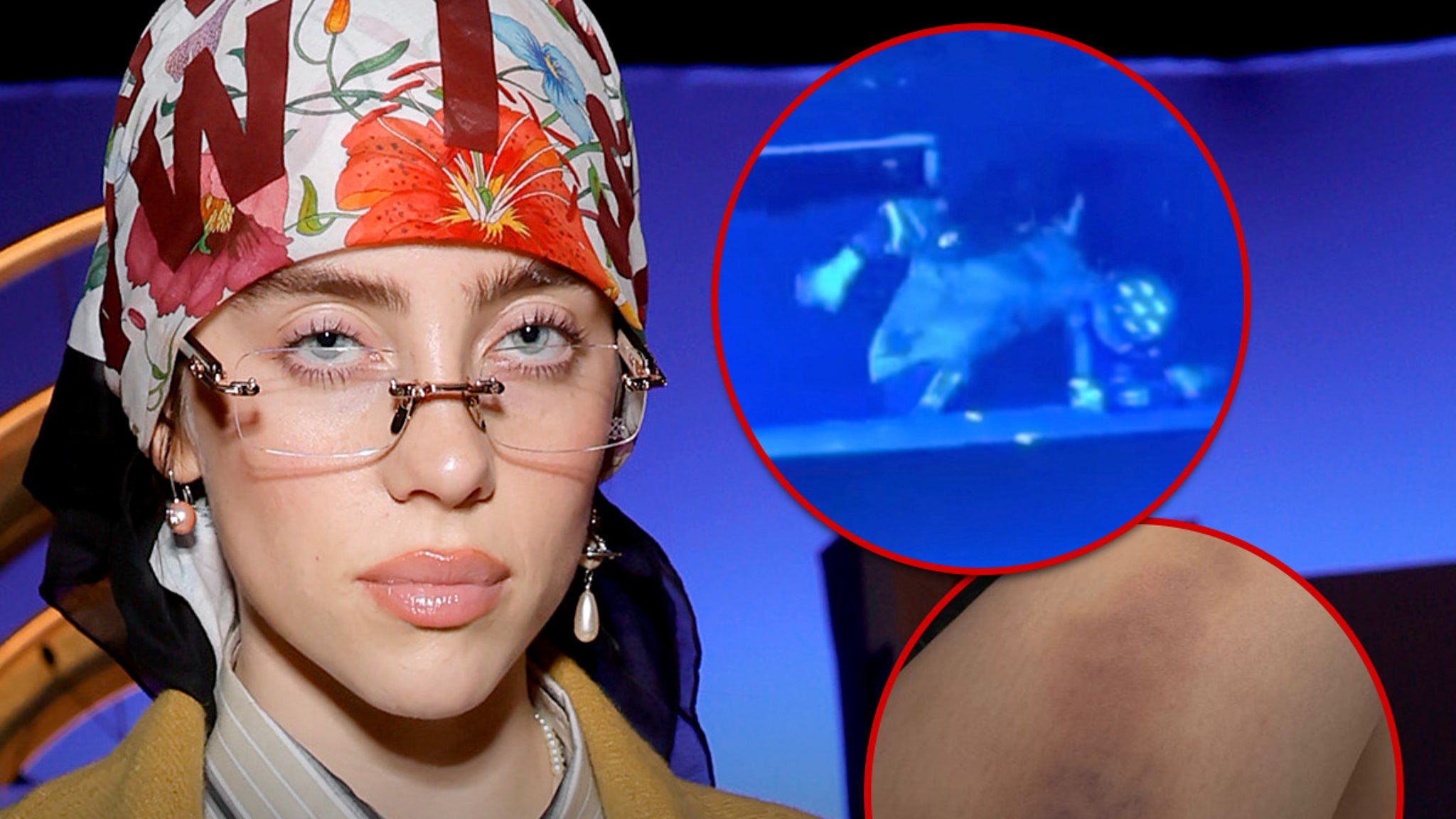A general view of atmosphere during ‘Sonic Desert’ presented by Coca-Cola Spiced and Topo Chico in partnership with BPM Music on April 13, 2024 in Thermal, California.
Randy Shropshire | Getty Images
The hottest food and drink trend this year isn’t just spicy — it’s also sweet.
“Swicy,” a portmanteau of sweet and spicy, has taken over restaurant marketing. While the term hasn’t actually appeared on menus, the shorthand has become a popular way to describe the resurgence of foods and drinks marrying sweet and spicy flavors. The Food Institute even dubbed it the “Summer of Swicy” this year.
Nearly 10% of restaurant menus have “sweet and spicy” items, up 1.8% over the last 12 months, according to market research firm Datassential. Over the next four years, its menu penetration is expected to rise 9.6%.
A slew of restaurant chains have embraced the trend, from Shake Shack’s swicy menu to Burger King’s Fiery Strawberry & Sprite to Starbucks’ Spicy Lemonade Refreshers. Common menu items have paired fruity flavors and chili powder, or used sauces like hot honey and gochujang, a red chili paste that’s a popular Korean condiment.
Starbucks Spicy Lemonade Refreshers.
Courtesy: Starbucks
Although the menu items were largely only available for a limited time, culinary experts think that the swicy trend has staying power.
Buzzy, trendy menu items are more important now to restaurants, which are leaning on both discounts and innovation to attract diners and reverse declining sales. In August, traffic to U.S. restaurants fell 3.6%, the industry’s second-worst monthly performance this year since January, according to Black Box Intelligence. Limited-time menu items are particularly attractive to Gen Z customers, a key demographic because they account for roughly a fifth of Americans.
The ‘swicy’ story
While the swicy portmanteau might be new, the flavor pairings have been around for decades, according to trendologist Kara Nielsen. The one element that might have changed over time are the spice levels.
“I’m sure food is hotter now than it was 20 years ago,” Nielsen said.
She remembers when Jeffrey Saad opened a fast-casual Mexican restaurant in San Francisco called Sweet Heat in 1993, before he became a celebrity chef and Food Network star.
Fudio | Istock | Getty Images
The second coming of the sweet heat trend started when Mike’s Hot Honey started blowing up around 2010, according to Nielsen. Korean cuisine, especially its sweet and spicy gochujang sauces have become more popular, too, helping to drive more people to the flavor combination.
The pandemic also led more consumers to return to classic comfort foods: burgers, fried chicken sandwiches and pizza. But the desire for familiar favorites has faded, and now diners are once again seeking novelty — or at least a twist.
“Now, four years on, we’re moving out of this and adding more spicy flavors,” Nielsen said.
Experts at McCormick first called out the reemerging trend in its 2022 flavor forecast report, according to Hadar Cohen Aviram, executive chef for the spice and flavoring company’s U.S. consumer division.
McCormick highlighted “plus sweet,” when sweetness acts as a flavor enhancer rather than being the star of the show. The forecasters were even considering naming the trend “swicy” in their report but went with “plus sweet” because it was broader, she said.
The following year, McCormick, which owns Frank’s RedHot and Cholula, called out “beyond heat,” or using other flavors to bring out more flavor in addition to the spiciness.
“We see lots of different people wanting to add some heat to their plates, but they do want to make sure that there’s something for everyone,” Cohen Aviram said.
Gen Zwicy?
One reason why so many U.S. consumers are seeking out spicy foods and drinks? Increasing diversity.
“The reason that sweet heat or swicy is sort of everlasting is that it’s a key component of traditional global cuisines like Mexican, like Thai, like Korean, that a lot of people of those ancestries and heritages are familiar with it. Then it gets introduced and repackaged,” Nielsen said.
For example, Shake Shack’s culinary team was inspired to make Korean-inspired items for a limited-time menu, according to John Karangis, the company’s executive chef and vice president of culinary innovation.
One of the menu items was a Korean fried chicken sandwich, coated in a sweet and spicy gochujang glaze. After it created the limited-time menu, Shake Shack’s marketing team pitted the chicken sandwich against the Korean BBQ burger, with savory and salty flavors. It told customers to pick a side: team swicy or team umami.
The swicy trend also appeals to Gen Z, the cohort born between 1997 and 2012.
“We have a new generation, Generation Z, that’s really excited about complex flavor profiles — but there’s only so many you can taste: sweet, salty, bitter, umami,” Nielsen said.
Here’s one example of the generation’s heat-seeking behavior: over half of Gen Z consumers identify as “hot sauce connoisseurs,” according to a survey conducted by NCSolutions.
And with swicy, achieving the perfect ratio can be tough because it’s so personal, McCormick’s Cohen Aviram said.
Feedback from Shake Shack’s customers reflects that, too.
“Of course, we hear a lot of great feedback from guests, and we also heard other feedback like ‘Hey, you could have punched it up a little bit,'” Karangis said.
Cohen Aviram prefers about 40% sweet, 60% spicy when she’s creating swicy concoctions, like a Frank’s RedHot ice cream bar.
“The thing with sweetness if that it kind of hijacks your palate, so if you use too much of it, you’re just not going to sense the nuance,” she said.
When Burger King released its Fiery menu this summer, it ranked the items on a scale of spiciness. At one – meaning the least spicy – was its Fiery Strawberry & Sprite drink. The swicy menu item was inspired by another trend: “dirty sodas,” the combination of soda, creamers and syrups started in Utah, according to Pat O’Toole, Burger King North America’s chief marketing officer.
The drink marked the first time that Burger King tweaked a classic fountain beverage, but it previously introduced a Frozen Fanta Kickin’ Mango, with a similar swicy flavor profile.
“Guests can easily and accessibly try a ‘swicy’ beverage offering and work their way up the spice scale with other food items, if they so choose,” O’Toole said, adding that the chain saw strong interest across its focus groups for a spicy take on Sprite.
Of course, not all swicy profiles resonate with customers. For example, Coca-Cola in September discontinued its spiced Coke just six months after it hit shelves, after it initially intended it as a permanent offering.
But despite some missteps, the swicy pairing is likely here to stay – at least for a while.
“The flavors will stick around, for sure. I think the name will get tiresome. … It probably still has a couple of years to go,” Nielsen said.






